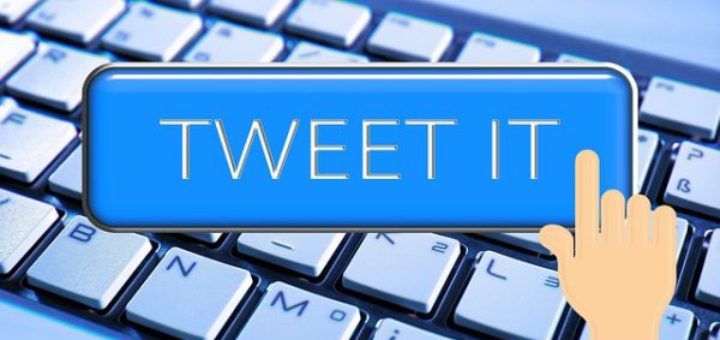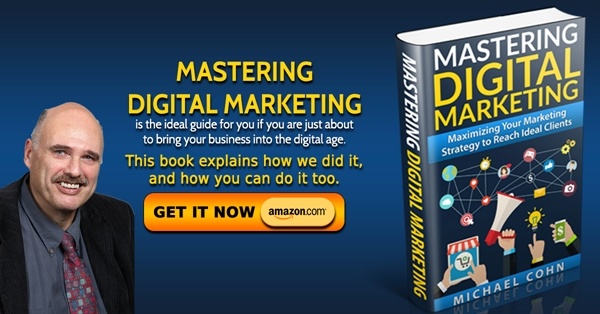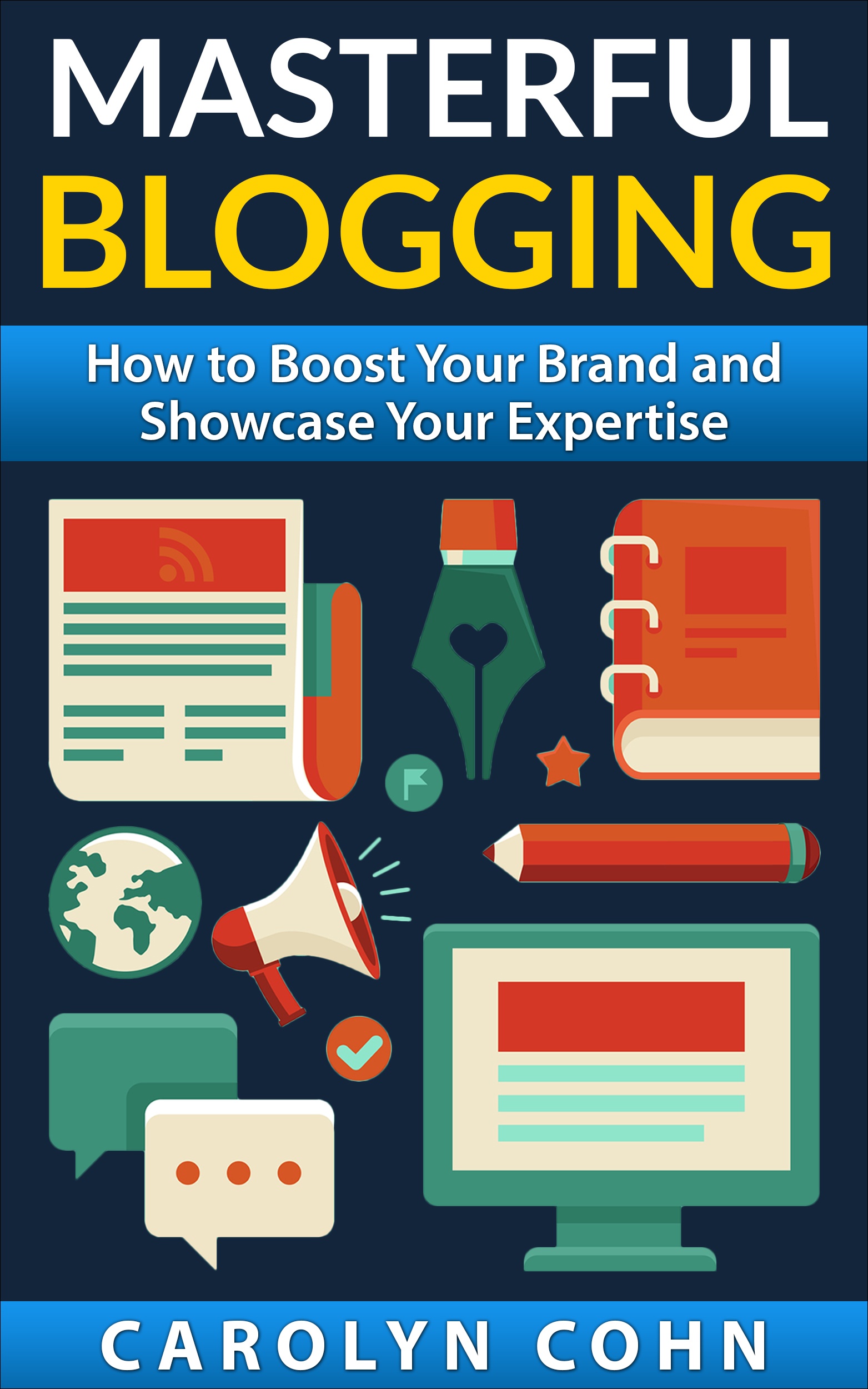Revisiting the Basics of Twitter

It has been quite a while since you considered the basics of Twitter for your business. At this point in your business, you are probably very comfortable with all (or most) that Twitter has to offer and how it can benefit your business. However, that doesn’t mean that it is not valuable to revisit the basics of Twitter, which you may have forgotten all about.
Starting from the beginning
You probably understand clearly why social media is so important for the success of your business. It is a major contributing tool to your ability to bring your business to where you want it to be. In all likelihood, you probably have profiles on the popular social media networks (Facebook, LinkedIn, Twitter, etc). Of the most used social networks, you may find Twitter to be the most challenging. One of those reasons is that it forces you to arrange your posts (and your thoughts) into clear, concise pearls of wisdom of 280 characters (with spaces).
[tweetthis]Twitter’s character limit forces you to think and communicate very clearly.[/tweetthis]Your tweets, just like all of the other posts that you share through social media, all have the same goal. That goal is to engage other people and to build solid, enduring, mutually beneficial relationships with other people. It is really that simple. At this point, you may have gotten far away from the basics of Twitter. Well, if that is the case, it is time for you to revisit those basics. You may be surprised at the gems that you uncover in the process.
Before you can become really successful at using Twitter, you need to wrap your mind around all that Twitter is, you will be much better at engaging people effectively through that particular social media tool. The most obvious place to start is with defining the key terms that you should know if you are really going to take the plunge and start using Twitter effectively.
-
Tweet: A tweet is a message on Twitter. As you are probably aware, a tweet has a character limit of 140 (including spaces). However, you don’t really have the luxury of 280 characters because you need to include a link (a call-to-action) as well. Otherwise, your target audience will have no way to interact with you and interacting with you is critical to building the relationship with them. Not only will you want to include words and a link (you will want to use a shortened link) but you will also want to include some sort of graphic element. That may mean a photo, video, or another form of graphic content.
-
Retweet: A retweet is when you take someone else’s tweet and share it with other people whom you know and trust. Your motivation behind retweeting is that you feel that what the other person tweeted is valuable and interesting enough to share with other people because, just like you, the person with whom you are sharing that tweet will benefit from it in some way. Of course, when you retweet, it is appropriate to give attribution to the person from whom the tweet originated. Just like with all other types of content, you never want to take credit for what someone else has written.
-
Mention: In your tweets, you will have many occasions in which you will want to mention another person. You will use his or her twitter name (handle) in that case. You may mention the other person for many different reasons, such as his or her contribution to something that you have written, referencing a blog or some other type of content that the other person has written, etc. Mentions are very important and you want as many as you can get (as long as they are valuable). Of course, on the other hand, you should be giving out mentions as well.
-
Handle: As was mentioned in the bullet point right above this one, a Twitter handle is the name (on Twitter) that the other person has chosen to give him- or herself (ie, @carolyncohn). A Twitter handle should be short, of course, and it should be easy for everyone to remember. The reason that you want your handle to be both short and memorable is so that you give other people the opportunity to use it on other social networks as well.
-
Direct message: A direct message is a private message between you and one other person. This particular type of message can only be sent through Twitter and only if that person happens to be one of your followers. If you send a direct message, it is meant only for the other person.
-
Hashtag: You may have read a lot about hashtags and how to use them effectively. The way that you can easily identify a hashtag is by the “#” in the beginning. Hashtags are very effective in social media and they are a simple way to indicate a particular topic for the benefit of the other person. If you use a particular hashtag, it will lead you to more information about that topic or the person who is associated with that topic.
-
Link shortener: When it comes to links in your tweets, you will need to shorten them considering your 140-character limit. There are several link shorteners that are available to you, which will shorten your link from 50 characters to anywhere between 16 and 20. That gives you more room to add to your message.
So, those are the basic definitions of the terms that you will read and hear over and over again. So, now it is time to start using Twitter effectively. At this point, you may be wondering exactly how you should get started.
-
Choose effective keywords: Keywords are extremely important in all of the content that you share. Your tweets are no exception. If you don’t include keywords, how will other people possibly find you? You want to build relationships with other people. You can’t do that if they can’t find you through your content. If they are not interested (or they don’t need) in what you are offering, the relationship will be over before it ever begins.
-
Gather influencers: Influencers are very important for your business. Involving them in your Twitter interactions is just as important. Influencers help to build your credibility and to solidify your trustworthiness. You will find that the relationships that you have with influencers are just as important as the relationships that you share with your target audience.
-
Use hashtags effectively: If you make your use of hashtags a rule; in other words, you make sure to include a hashtag in every tweet, you will be good. However, you will want to be careful not to overdo it with hashtags in any given tweet. After all, you need to keep a close watch on your character limit.
-
Always give attribution: It is critical to your reputation and the reputation of your business that you always give credit where credit is due. If someone else said or wrote something, they own it. You don’t own it. You are smart enough to recognize its worth (to you and to other people) so you share it effectively. However, it still belongs to the other person. The wonderful thing about all of that information at everyone’s fingertips is that you have tremendous potential to help other people through intelligent use of top-shelf content.
-
Engage as much as possible: Engagement is key when it comes to building relationships and eventually turning your online connections into clients. That is the only way that you will achieve what you are after. Remember that you should choose quality over quantity. Who you follow on Twitter and who follows you will really make or break your Twitter experience. If you have 10,000 followers but you only engage 100 of them, what is the point in having those other followers? It isn’t valuable enough just to be able to say that you have a large number because that number is empty.
Conclusion
Twitter can be an extremely effective social media tool and understanding exactly how to use it most effectively will help you to really leverage it properly, and, hopefully, to bring your business to the next level. Writing effective tweets may take you a little while to master; however, before you know it, you will be writing tweets that are producing the results that are hoping to produce and your business will flourish because of them.
We are pleased to provide you with the insightful comments contained herein. For a complimentary assessment of your online presence, let’s have coffee.

|



